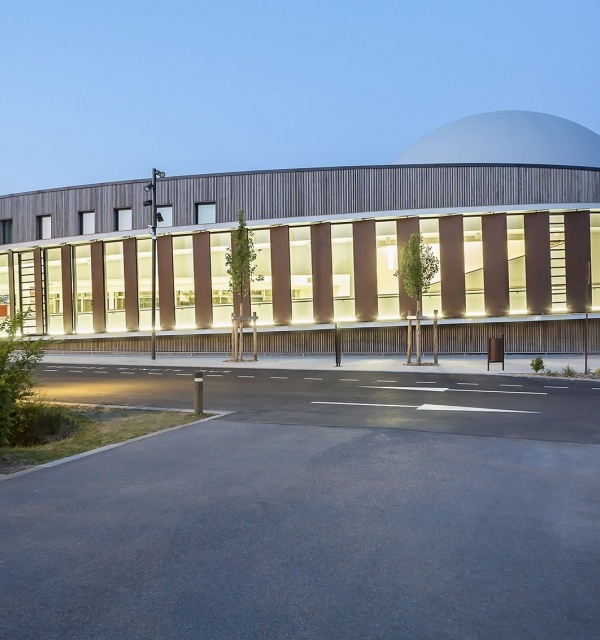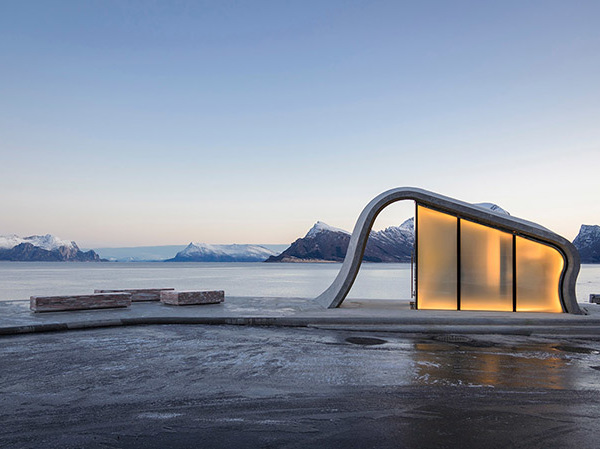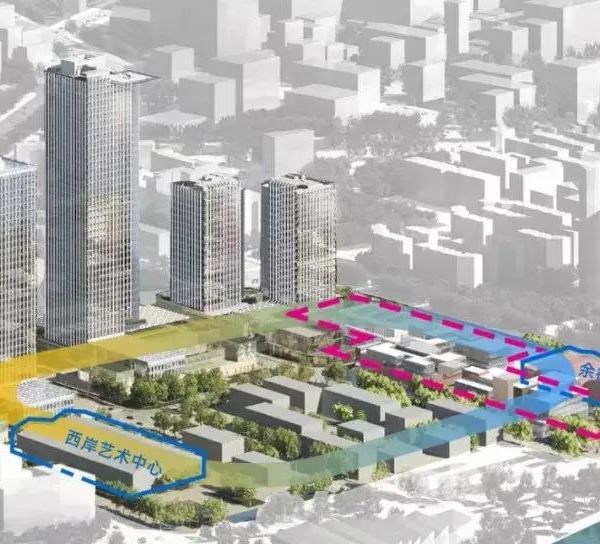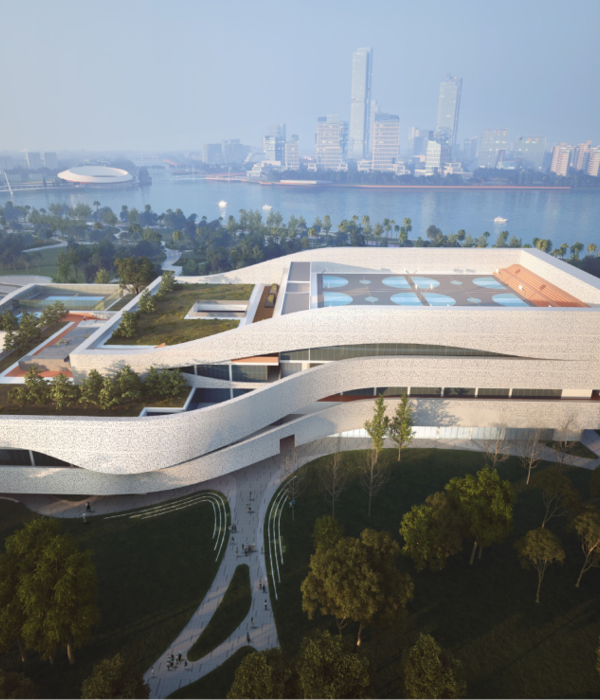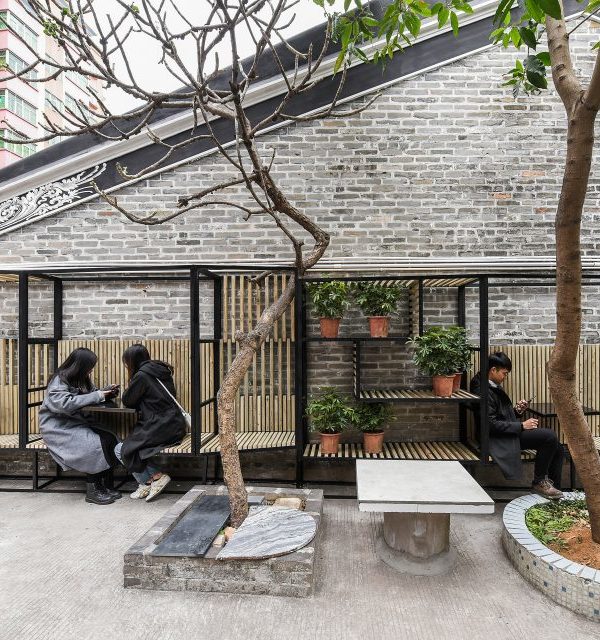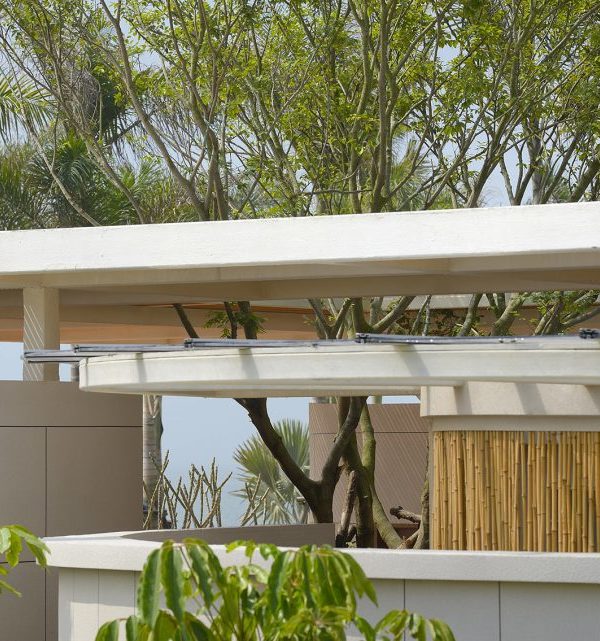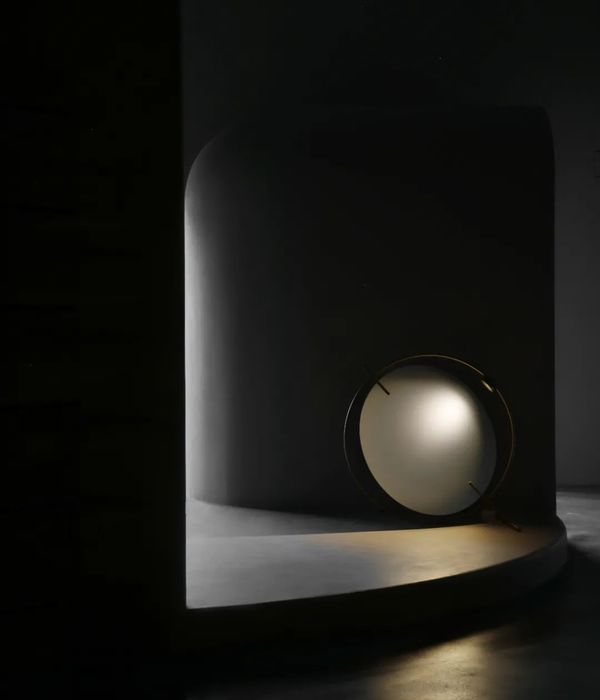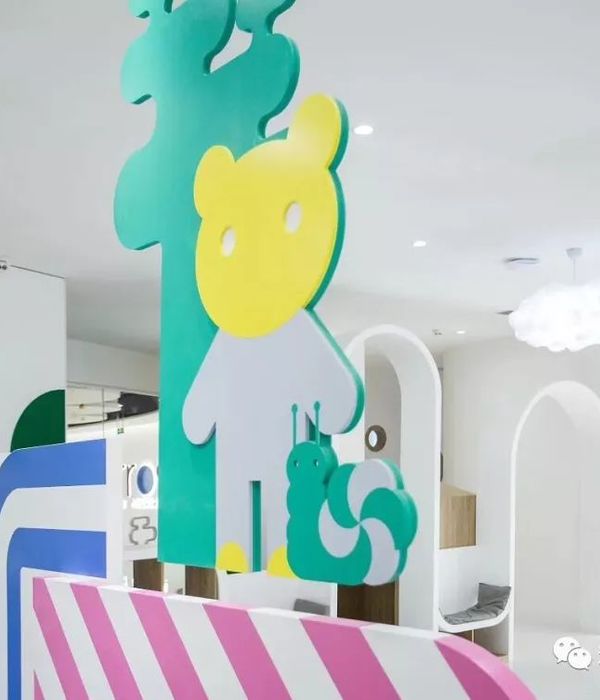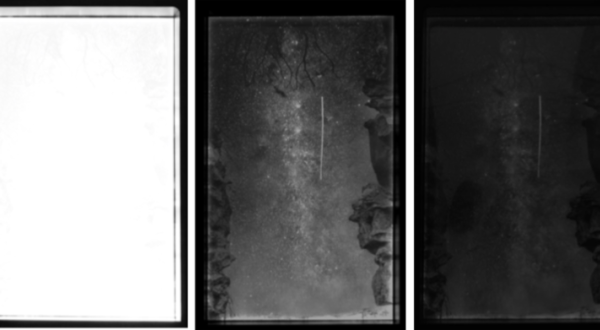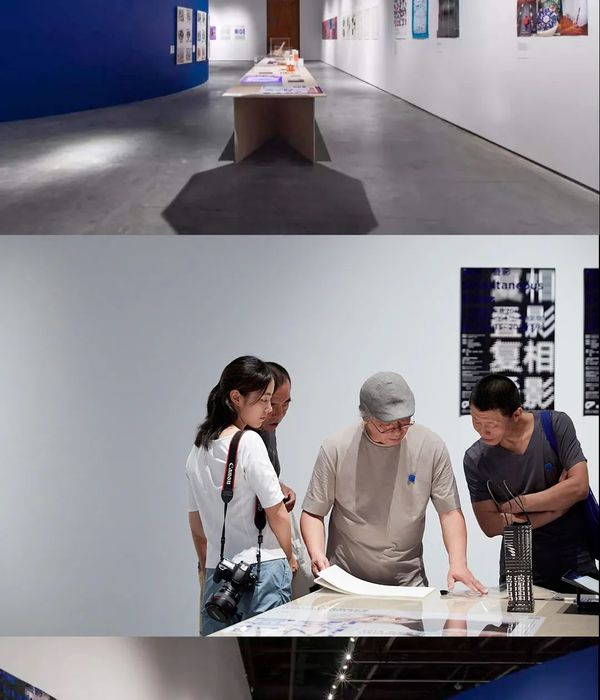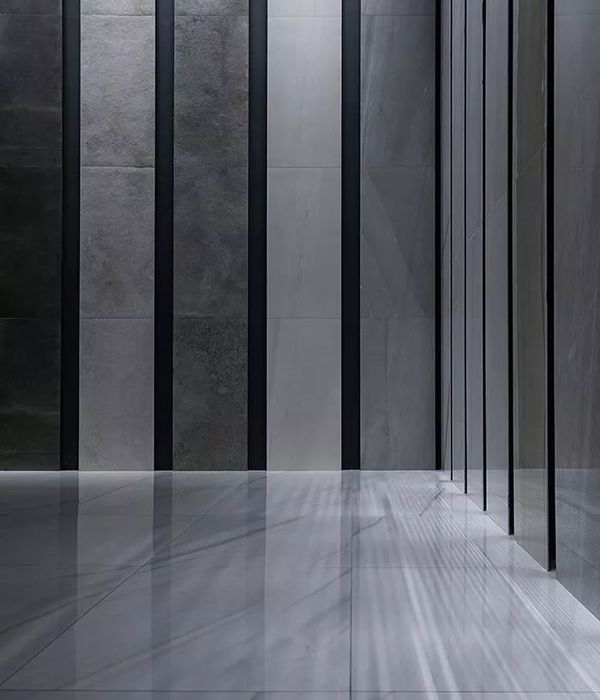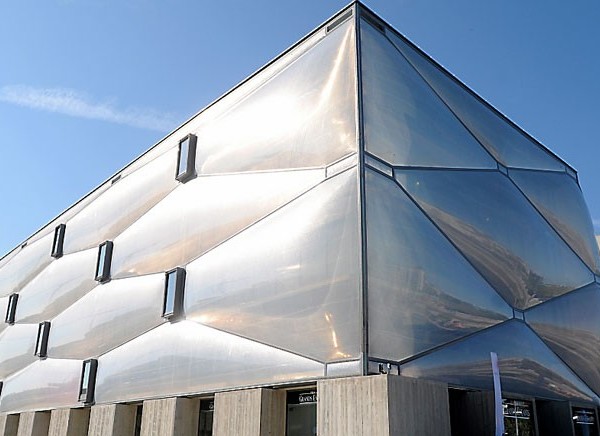Combining design, functionality and constraints is a challenge taken up for the renovation of the Saint-Michel library. Adding a sorting robot to a library is the beginning of a reflection for the staff, on the location and the type of reception desired for the public. The mechanization of the book processing process is also an opportunity to review the internal functioning. In this project, all of the staff spaces are moved to completely free up an area for the public, including tables and chairs. The robot is built in a glass box allowing the public to understand the path of the book after deposit. Triangles, on the ground, on the counter and on the glass walls, implant a new dynamic and coloring in this previously austere place, designed in the 1970s. The duality of the sitting and standing positions, the integration of the employees' carts, of all IT equipment (notably the RFID plate), while respecting ergonomic principles and the space available, have proved to be as many constraints as guidelines for the design of the service counter. Multiple triangulated relief facets create a dynamic in connection with the design of the library renovation, in particular with the reminder of the raspberry color present on the ground, and on certain glazed parts. Corian is used in all its possibilities to allow a rigid surface while being pleasant to touch. The design combines fine movement of a line with the decomposition of mass into numerous crystals. The joints are erased and the material gives the illusion of being molded into a single surface.
Allier design, fonctionnalités et contraintes est un défi relevé pour la rénovation de la bibliothèque Saint-Michel. L’ajout d’un robot de tri dans une bibliothèque est l’amorce d’une réflexion pour le personnel, sur l’emplacement et le type d’accueil voulu pour le public. La mécanisation du processus de traitement des livres est aussi l’occasion de revoir le fonctionnement interne. Dans ce projet, l’ensemble des espaces du personnel est déplacé pour libérer entièrement une zone pour le public, comprenant tables et chaises. Le robot est construit dans une boite de verre permettant au public de comprendre le parcours du livre après dépôt. Des triangles, au sol, sur le comptoir est sur les parois de verre, implante une nouvelle dynamique et coloration dans ce lieu auparavant austère, conçu dans les années 1970. La dualité des postes assis et debout, l’intégration des chariots des employés, de tous les équipements informatiques (notamment la plaque RFID), tout en respectant les principes ergonomiques et l’espace disponible, se sont révélés autant de contraintes que de lignes directrices pour la conception du comptoir de services. De multiples facettes triangulés en relief créent une dynamique en lien avec la conception de la rénovation de la bibliothèque, notamment avec le rappel de la couleur framboise présente au sol, et sur certaines parties vitrées. Le corian, est exploité dans toutes ses possibilités afin de permettre une surface rigide tout en étant agréable à effleurer. La conception allie finesse du mouvement d’une ligne à la décomposition de la masse en de nombreux cristaux. Les joints sont effacés et le matériau donne l’illusion d’être moulé dans une seule et même surface.
{{item.text_origin}}

